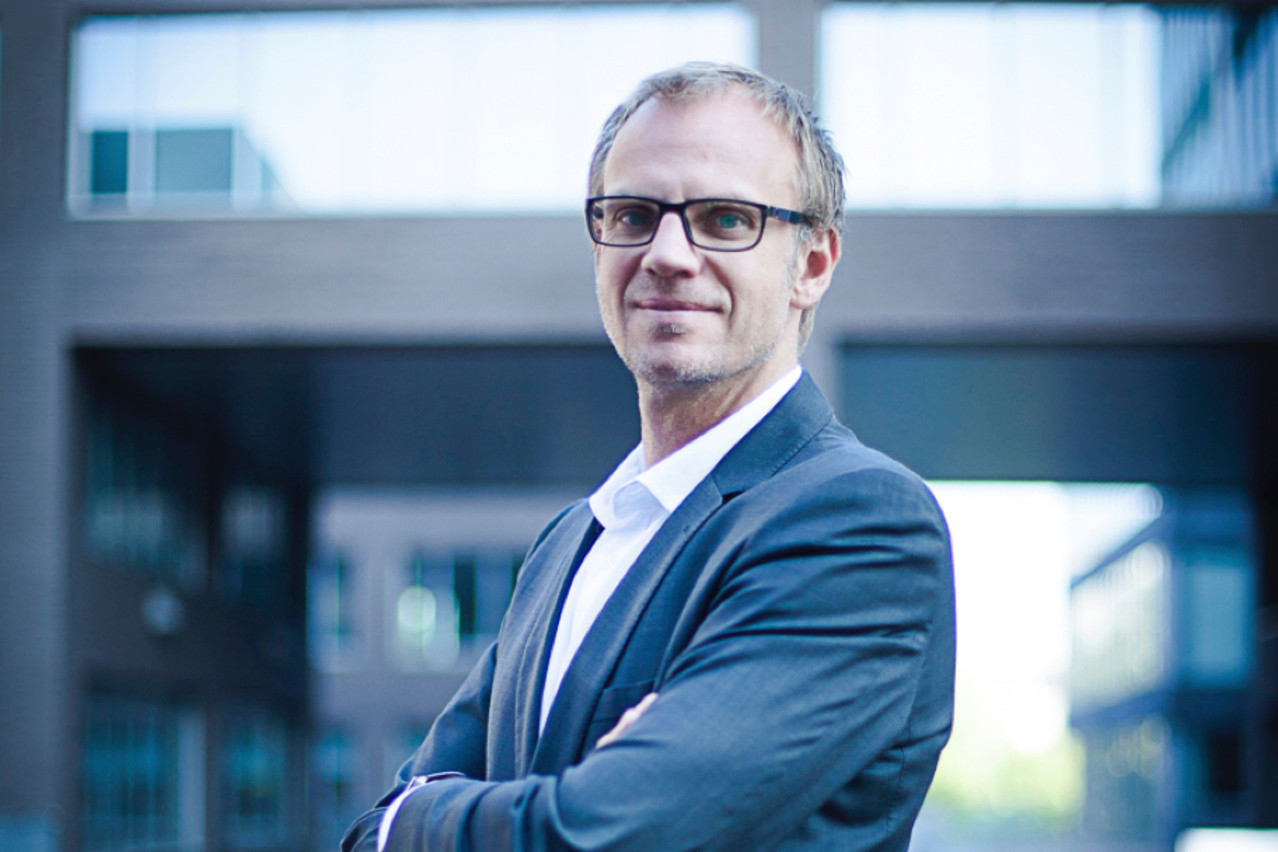Bringing your industry to 4.0: what are the main challenges?
Thomas Kallstenius. – “Industry 4.0, frequently referred to as the ‘Connected Factory’, represents the fourth industrial revolution, after that of mechanisation, mass production and automation. With the advent of digitisation, industry is becoming a global interconnected system in which humans, machines, systems and products are constantly communicating. Interconnection allows factories to become more competitive through increased performance and safety. They therefore produce both customised products and associated services. Industry 4.0 is a fast-growing sector where innovation is a priority. It reflects the urgent need to accelerate the digitalisation of industry.
To stay competitive, manufacturing companies need to overcome many challenges. In my presentation I will focus on four of them: process/resources optimisation, service/aftersales cost reduction, improving quality, and time to market acceleration.
What makes a good ‘smart factory’?
“A smart factory combines state-of-the-art technologies which help in optimising the entire manufacturing process and therefore increase overall profits. These technologies can be artificial intelligence, blockchain, internet of things, robotics, etc. In a nutshell, it is all about harnessing data!
For instance, List supports its partners in their digital transformation by working on the design of new architectures for the collection, storage, use and restitution of the masses of data generated during the manufacturing process, which, given their volume, require a specific big data type architecture. The mass of data collected in this way must be used to automate, make reliable and optimise manufacturing processes. To achieve this, different statistical analysis and machine learning approaches are used. Moving towards industry 4.0 represents the promise of real flexibility in manufacturing, mass customisation, increased speed, better quality and improved productivity.
What could industry 5.0 look like?
“The Factory of the Future will be connected: products will be inextricably linked to ‘their’ information. The rise of the internet of things will make energy-harvesting more and more strategic. Being able to power autonomous systems, such as sensors or autonomous communication systems is one of LIST’s core technology priorities.
The Factory of the Future will be optimised and predictable: it will rely on a digital twin of the factory. This virtual representation of physical systems (traffic, water, air, etc.) and physical assets (buildings, resources, etc.) can make simulations, tests and predictions of planned actions almost in real time. A twin is essentially used to get information on an action in a simulated world, before the action is actually carried out in the real world, opening enormous opportunities for companies.
The Factory of the Future will be sustainable by design: we define ‘sustainability by design’ as the intent to reduce negative environmental impact as far as possible through the intelligent design of products, services and technologies. It is, therefore, about integrating sustainability at the design stage, not as an afterthought. Here we will talk about how to improve energy efficiency and responsible use of resources.”
